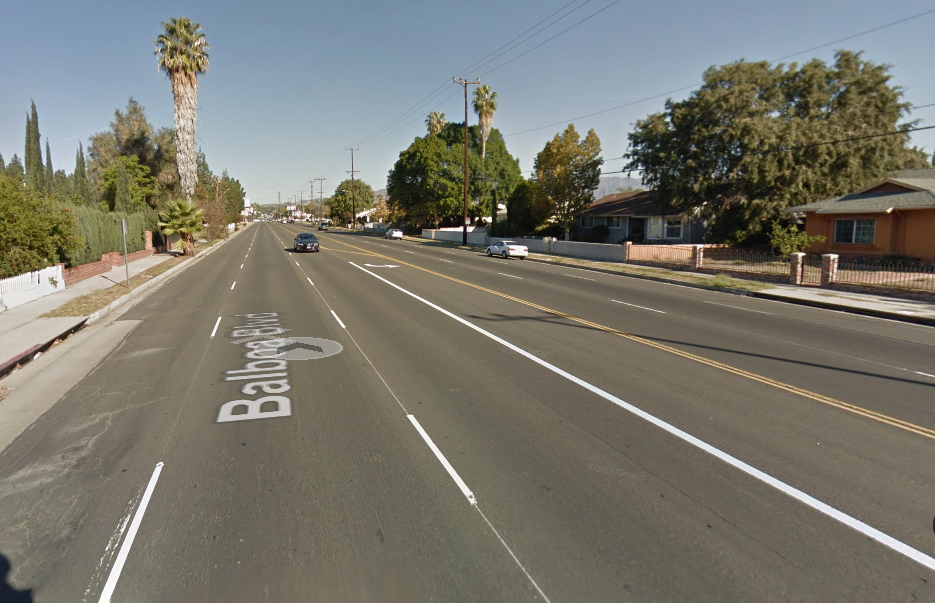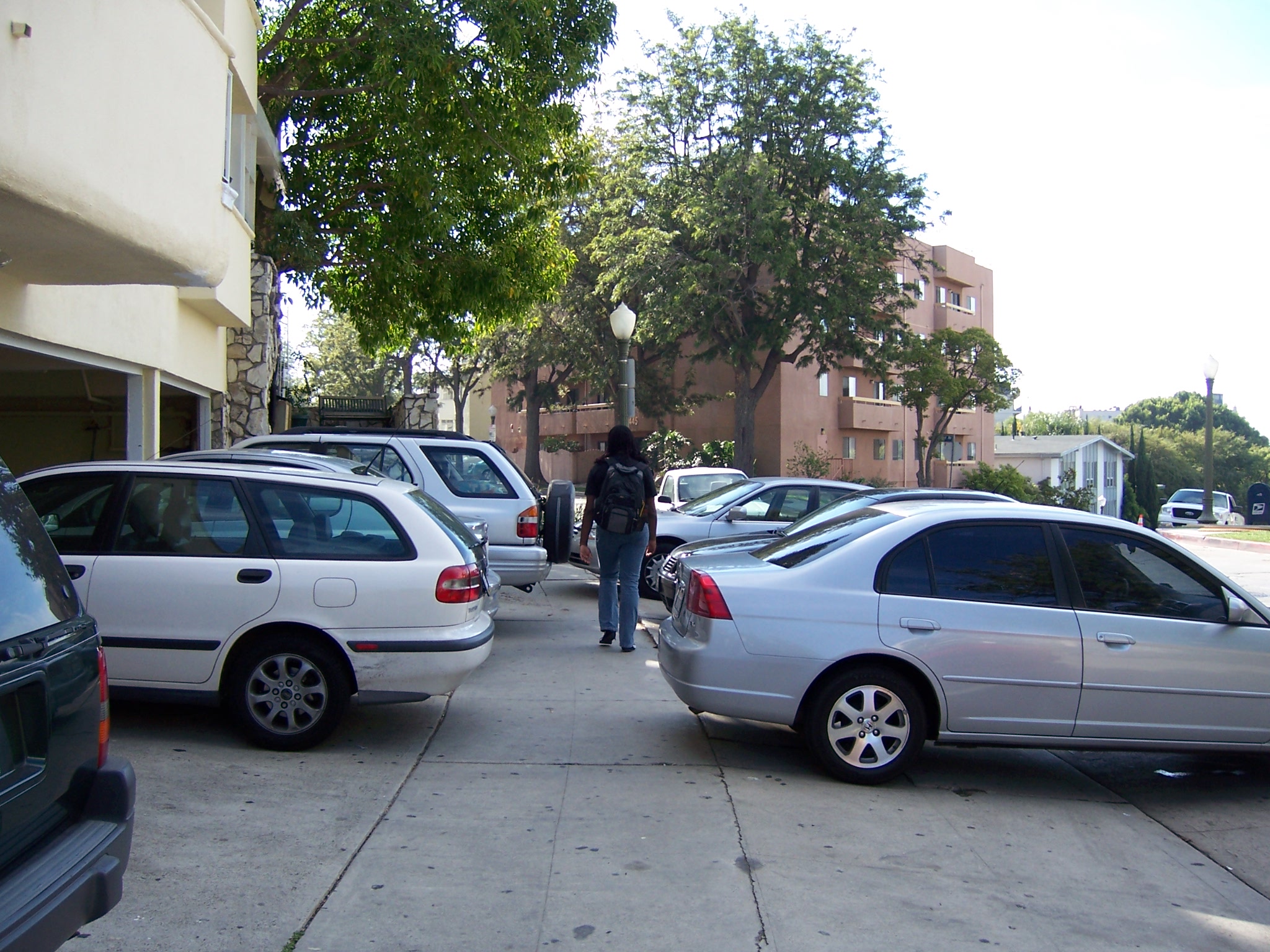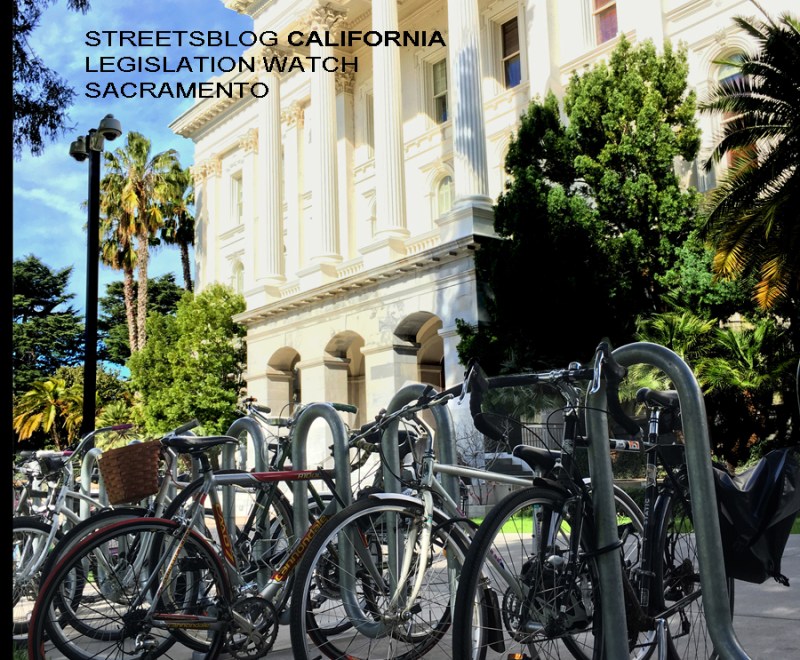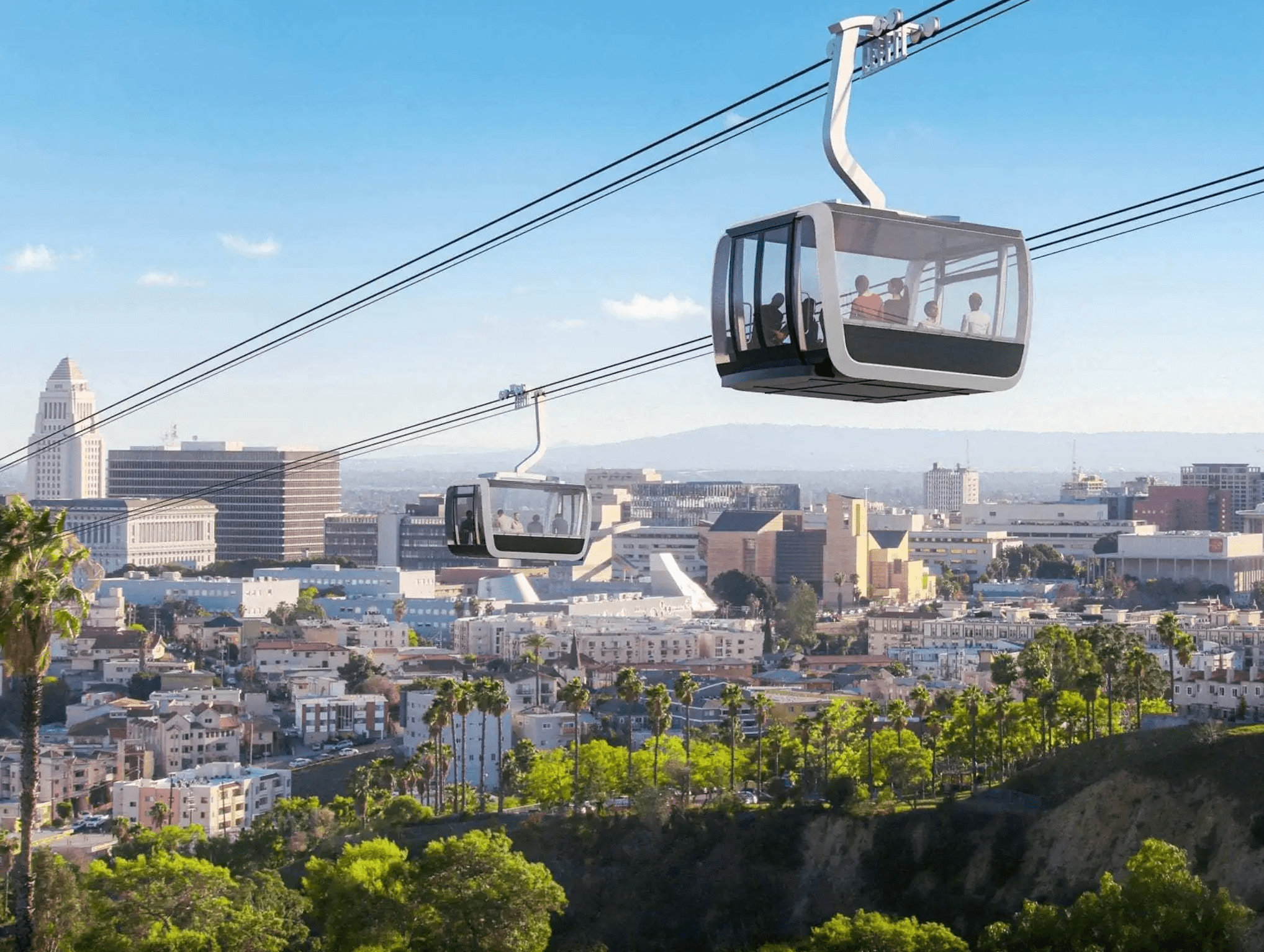Next week, the California Natural Resources Agency will hold two hearings on updates to the California Environmental Quality Act (CEQA) that advocates hope will help encourage more environmentally friendly transportation alternatives to single-occupant car trips.
The updates are described as a “balanced package” containing adjustments on requirements for water and energy as well as transportation. According to the agency's notice for the hearings the changes “are intended to, both directly and indirectly, reduce greenhouse gas emissions and better enable communities to respond to the effects of climate change.” They are also aimed at encouraging housing and job growth within existing urban areas, as well as “to make the [environmental review] process easier and quicker to implement.”
These have been a long time coming. Streetsblog writers have explained, championed, and celebrated the proposed changes to how transportation is considered under CEQA for the last four years. Planners at the Governor's Office and Planning and Research (OPR) spent that time researching ways to meet the requirements of S.B. 743 and discussing them with planners, lawyers, advocates, and the public. The “rule-making” process currently being conducted by the Natural Resources Agency should, finally, bring the process to an end.
In brief: OPR proposes substituting VMT for LOS under CEQA for TODs. Or, to decode: development projects, when estimating their environmental impacts under California law, must in the future measure and mitigate for the number of vehicle miles of travel they will potentially produce, instead of the amount of traffic delay they might cause, as currently required.
In addition, the new rules expand existing CEQA exemptions for certain projects, including mixed-use and commercial developments, that are near transit. The point is to make it easier to develop vacant buildings, for example, and to promote pedestrian and bicycle improvements within an existing right of way.
The shift should make it easier to develop infill housing and commercial projects in areas where transit, bicycle, and pedestrian access is high, but car traffic might be congested.
It also should make it at least a little harder to build developments in areas that encourage more car trips. And projects that are found to encourage more car trips could be required to provide “mitigations” in the form of, say, transit improvements or bike lanes—rather than more vehicle lanes to speed up car traffic, which is what happens under the car-delay measure.
It is, said Ella Wise, State Policy Associate with ClimatePlan, “a big step in the paradigm shift from planning for cars to planning for people.”
The topic, with all its acronyms and jargon, can seem far removed from everyday people's lives. “But it's totally translatable to everyone who lives in California,” said Wise. She called the new rules “an elegant policy reform that goes deep into the weeds of the regulations, but which could bring transformative change to the state.”
But there is a caveat. In Wise's words, there's “a huge loophole.”
The loophole is that, as currently proposed, the new rules will not apply to transportation projects. That means traffic delay can continue to be used to define the environmental impacts of, say, highway expansions. This exemption severely undermines much of the effort behind the changes. It will allow highway expansions to continue under the old, car-centric model of planning, even though responding to congestion by continuously widening roads to accommodate cars, while ignoring other road users, is what got California into this congestion and pollution mess to begin with.
It's also terrible timing. There is a slew of highway projects getting ready to move forward now that the gas tax has taken effect. This rule change took so much time and effort that few have a taste for delaying it further, but if highway projects are allowed to go forward using the old car-delay metric, there will be much less to celebrate when the new changes are finally implemented.
Sustainability and environmental advocates want the VMT measure to apply to all projects, including road capacity projects. That had been one of OPR's original suggestions, and was part of the new rules throughout much of the process. But pushback from powerful corners, including the Southern California Association of Governments, reduced the reach of the changes in their final form.
Rather than push back now and further delay the process, some are seeking other ways to get the same results. Local jurisdictions, for example, can adopt their own rules, as have San Jose, Pasadena, San Francisco, and Oakland.
In addition, Caltrans could step up.
To meet its own goals as well as state climate goals, Caltrans has a role to play in helping people find ways to reduce their vehicle miles traveled. One way would be to estimate, measure, and mitigate the travel that is produced on their own projects.
“We're hoping that Caltrans will demonstrate leadership and commitment to its own goals and help close the loophole by committing to use VMT, rather than Level of Service, in its planning process,” said Wise.
ClimatePlan and its allies are also asking the Natural Resources Agency to consider stronger VMT thresholds over time, aligning them with other related documents. For example, the Air Resources Board's Scoping Plan contains VMT thresholds that aim to help the state meet its climate change targets, which get stricter over time.
The coalition also suggests taking a look at the gentrification and displacement impacts of the changes. While encouraging infill is important and necessary, it's not helpful to ignore what happens when places with good transit access become more desirable to people with means. Transit agencies in California are already dealing with what happens when low-income people who rely on transit are pushed out of transit-rich places: transit ridership falls, and the people who are forced out have less access to jobs and services and must rely more on cars to get where they are going.
The end result of gentrification and displacement could well be more car trips. Housing in general could become more less expensive under these changes, as more compact development can make it possible to spend less on travel—but that doesn't get at the costs of displacement. This issue is not discussed in the current updates.
There is still time to weigh in. The hearings, in Los Angeles on March 14 and Sacramento on March 15, will be held just before the official public comment period closes on March 15.
Comments can be sent here.





